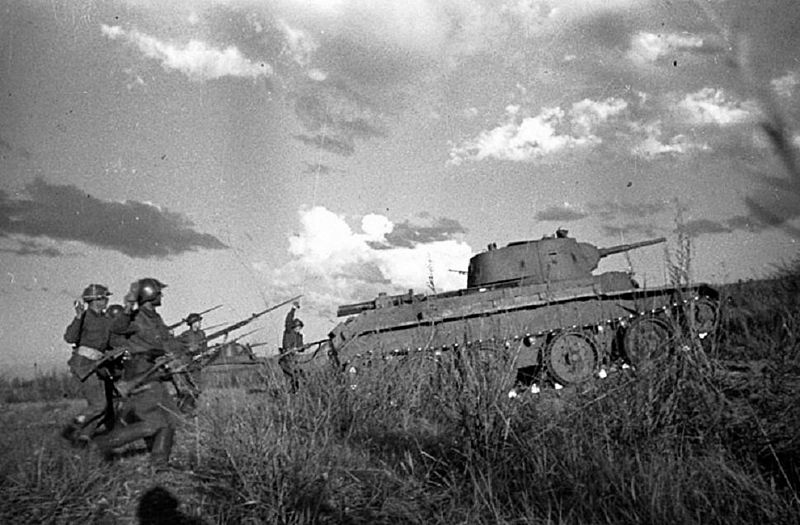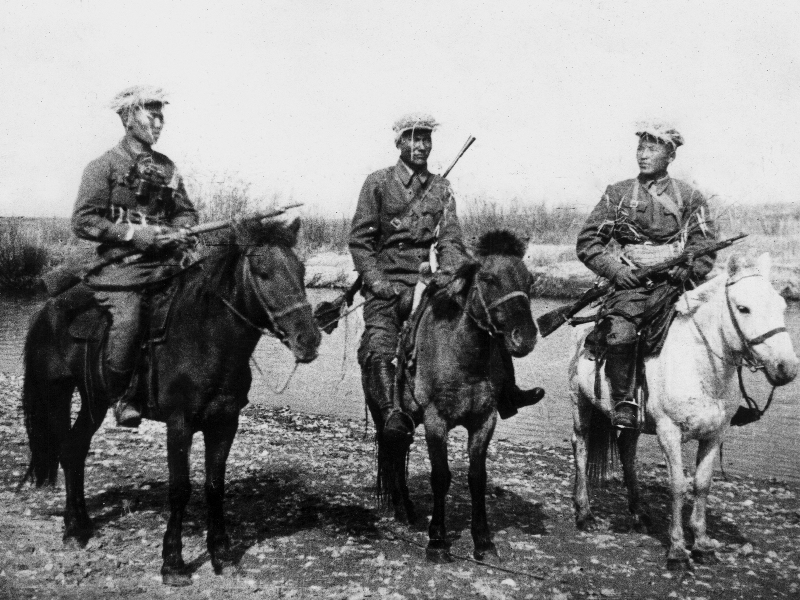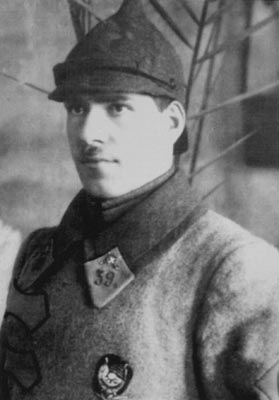
- For PC
- For MAC
- For Linux
- OS: Windows 10 (64 bit)
- Processor: Dual-Core 2.2 GHz
- Memory: 4GB
- Video Card: DirectX 11 level video card: AMD Radeon 77XX / NVIDIA GeForce GTX 660. The minimum supported resolution for the game is 720p.
- Network: Broadband Internet connection
- Hard Drive: 23.1 GB (Minimal client)
- OS: Windows 10/11 (64 bit)
- Processor: Intel Core i5 or Ryzen 5 3600 and better
- Memory: 16 GB and more
- Video Card: DirectX 11 level video card or higher and drivers: Nvidia GeForce 1060 and higher, Radeon RX 570 and higher
- Network: Broadband Internet connection
- Hard Drive: 75.9 GB (Full client)
- OS: Mac OS Big Sur 11.0 or newer
- Processor: Core i5, minimum 2.2GHz (Intel Xeon is not supported)
- Memory: 6 GB
- Video Card: Intel Iris Pro 5200 (Mac), or analog from AMD/Nvidia for Mac. Minimum supported resolution for the game is 720p with Metal support.
- Network: Broadband Internet connection
- Hard Drive: 22.1 GB (Minimal client)
- OS: Mac OS Big Sur 11.0 or newer
- Processor: Core i7 (Intel Xeon is not supported)
- Memory: 8 GB
- Video Card: Radeon Vega II or higher with Metal support.
- Network: Broadband Internet connection
- Hard Drive: 62.2 GB (Full client)
- OS: Most modern 64bit Linux distributions
- Processor: Dual-Core 2.4 GHz
- Memory: 4 GB
- Video Card: NVIDIA 660 with latest proprietary drivers (not older than 6 months) / similar AMD with latest proprietary drivers (not older than 6 months; the minimum supported resolution for the game is 720p) with Vulkan support.
- Network: Broadband Internet connection
- Hard Drive: 22.1 GB (Minimal client)
- OS: Ubuntu 20.04 64bit
- Processor: Intel Core i7
- Memory: 16 GB
- Video Card: NVIDIA 1060 with latest proprietary drivers (not older than 6 months) / similar AMD (Radeon RX 570) with latest proprietary drivers (not older than 6 months) with Vulkan support.
- Network: Broadband Internet connection
- Hard Drive: 62.2 GB (Full client)
 Khalkhin Gol, Nomonhan or the Soviet-Japanese Border war, to most people of an english speaking background, any way you say it it means a little known place between Mongolia and China, a river on the Eurasian Steppes, but in 1939 it was the site of a definitive and world changing set of battles.
Khalkhin Gol, Nomonhan or the Soviet-Japanese Border war, to most people of an english speaking background, any way you say it it means a little known place between Mongolia and China, a river on the Eurasian Steppes, but in 1939 it was the site of a definitive and world changing set of battles.
The border between the Mongolian Peoples Republic and the Imperial Japanese in occupied Manchuria was still in a state of flux following the earlier territorial disputes between these forces and a low intensity guerrilla war waged on a local scale, was being prosecuted without much effect and no material gain.
The battle, in reality began when, on 11th of May 1939, a small Mongolian cavalry unit entered the disputed area beside the river which the Japanese maintained as the border. With the village of Nomonhan to the east, the Mongolians had entered a 25 mile long 10 mile wide area in search of grazing for their horses. They were quickly driven back across the river and fell back beyond artillery range by a larger Japanese unit. By the 14th, the Mongolian cavalry returned and were met by the 64th infantry regiment which forced the Mongolians back across the river again. by the 20th a reconnaissance force from the Japanese 64th regiment attempted to evict the Mongolian troops, but they were encircled and annihilated in the attempt. At the same time, savage air battles were fought in the skies above the battlefield, operating from airfields close to the front lines, fighters took to the skies many times a day with bomber formations driving deep into each others territories to conduct raids on the long and tenuous supply lines each force relied on.
 The Mongolian forces reinforced again, this time with soviet troops and tanks and had occupied the Baintsagan heights, a powerful position on the flat and near featureless steppe. The Japanese had failed to notice the significant Soviet build up of men and materials, over 1000 tanks had been assembled by the Russians, with several hundred aircraft to support the 70,000 troops in the area. by contrast the Japanese had some 30,000 men available with only a limited supply of tanks. Raids, and counter raids, company sized and battalion sized attacks continued on both sides as each force built up for a decisive blow. The combats that took place were short sharp and vicious, battles for for advantageous positions were often taken at the point of the bayonet or the blade of a katana, night raids and reconnaissance by force, had become common and as these contests continued the significance of the fighting increased so that by the end of July the Japanese forces had got used to the routine.
The Mongolian forces reinforced again, this time with soviet troops and tanks and had occupied the Baintsagan heights, a powerful position on the flat and near featureless steppe. The Japanese had failed to notice the significant Soviet build up of men and materials, over 1000 tanks had been assembled by the Russians, with several hundred aircraft to support the 70,000 troops in the area. by contrast the Japanese had some 30,000 men available with only a limited supply of tanks. Raids, and counter raids, company sized and battalion sized attacks continued on both sides as each force built up for a decisive blow. The combats that took place were short sharp and vicious, battles for for advantageous positions were often taken at the point of the bayonet or the blade of a katana, night raids and reconnaissance by force, had become common and as these contests continued the significance of the fighting increased so that by the end of July the Japanese forces had got used to the routine.
 The Soviet forces were now under the command of Georgy Zhukov and he was planning a major offensive. Massive amounts of supplies were gathered and a huge amount of material was prepared. Coming to a head on the 20th of august 1939, General Zhukov unleashed the full force of the Soviet war machine. With the attacks directed at the extended flanks of the Japanese line, the Russian armoured groups penetrated the japanese lines and proceeded to roll up the flanks meeting at the village of Nomanhan and sealing the fate of the Japanese 23rd division, instead of pursuing the routed Japanese, the Soviets dug in along the original Soviet border line, as at this time diplomatic negotiations had begun and with these, the fighting ceased.
The Soviet forces were now under the command of Georgy Zhukov and he was planning a major offensive. Massive amounts of supplies were gathered and a huge amount of material was prepared. Coming to a head on the 20th of august 1939, General Zhukov unleashed the full force of the Soviet war machine. With the attacks directed at the extended flanks of the Japanese line, the Russian armoured groups penetrated the japanese lines and proceeded to roll up the flanks meeting at the village of Nomanhan and sealing the fate of the Japanese 23rd division, instead of pursuing the routed Japanese, the Soviets dug in along the original Soviet border line, as at this time diplomatic negotiations had begun and with these, the fighting ceased.
Deputy Supreme Commander Zhukov would use the training, tactics and methods of supply and operation proven at Khalkhin Gol in July and August of 1943 to defeat the Nazi combined forces at Kursk, the methods of absorbing the attack, turning it and flanking the enemy to encircle and destroy it were all proven on the Mongolian steppe four years before.
The War Thunder Team



